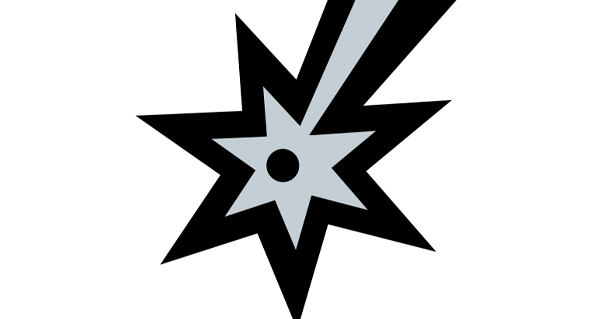PROTECT YOUR DNA WITH QUANTUM TECHNOLOGY
Orgo-Life the new way to the future Advertising by Adpathway Photo: Sterling Lorence
Photo: Sterling LorenceHot on the heels of the Shimano XTR Di2 wireless drivetrain launch earlier this month, Shimano just announced lower-priced XT and Deore electronic drivetrains. By rolling out wireless electronic drivetrain groups at multiple price points all at once, Shimano has effectively caught up to SRAM’s offerings, and in some ways, surpassed them.


Introducing Shimano XT and Deore Di2
The Shimano XT and Deore Di2 drivetrains share many similarities with the XTR group that dropped earlier this month. Like the XTR derailleurs, both utilize the new clutchless, spring-based chain stabilizer design and feature an on-board battery. The XT and Deore derailleurs also boast automatic impact recovery and solid pulley wheels to reduce the chance of snags and breaks. According to information supplied by Shimano, the main difference between all three Di2 derailleurs comes down to the derailleur cage material.

The new XT Di2 shifter has the same tactile double-click shifting as the XTR Di2 shifter. However, the Deore shifter only offers single-click shifting, and holding down the shift lever allows the rider to shift multiple gears at a time. XT levers are position-adjustable, unlike the fixed-position Deore levers.

The chart below summarizes the key differences between the Shimano Di2 drivetrain groups. Note that Shimano is not offering a mid-range M7200-series SLX wireless group at this time.
| Derailleur cage | Carbon | Aluminum | Steel |
| Double click shifting | ✅ | ✅ | |
| 4-way adjustable shifter | ✅ | ✅ | |
| Weight | 1,716g* | 1,841g** | |
| Complete drivetrain price | $2,030 | $1,380 | $945 |
| Drivetrain upgrade (derailleur, shifter, battery, charger) price | $985 | $860 | $650 |
Existing Shimano Hyperglide+ chains, cassettes, and cranksets are compatible with the new XT and Deore wireless derailleurs.
Shimano generally has SRAM beat on weight and price, and compatibility too
Though it’s difficult to make exact comparisons, looking at the various wireless groupsets from Shimano and SRAM, Shimano XTR is cheaper and lighter than SRAM XX Transmission, though not by much. Comparing Shimano XT to SRAM X0, XT weighs more, but it costs less.
There is no direct comparison for SRAM GX Transmission, as Shimano does not offer a mid-tier SLX-level wireless option. Also, SRAM’s lowest-priced wireless group, S1000, isn’t available for purchase on its own, so we can’t make a direct price comparison between that groupset and Deore.
Compatibility is a big advantage for the Shimano Di2 offerings compared to SRAM Eagle Transmission. Buyers with an existing Shimano Hyperglide+ compatible mechanical drivetrain can upgrade to Di2 with the purchase of a derailleur and shifter. SRAM buyers need to purchase a new cassette, chain, and crankset to upgrade their drivetrain to Eagle Transmission.
| Price | $2,049 | $1,599 | $1,099 | – |
| Weight | 1722g | 1785g | 1898g | 2090g |
Functionally, the two groups are very different
I’ve put in hundreds of miles on SRAM X0, GX, and S1000 Eagle Transmission drivetrains, and also the new Shimano XTR drivetrain, and each has its own pros and cons. In my opinion, the Shimano shift controller has a better feel and ergonomics. Shimano gear changes are also quicker and more responsive.
Where SRAM has an advantage is in their quick-swap battery design and in offering four distinct price points versus Shimano’s three.
Both SRAM and Shimano electronic derailleurs are durable, though some riders may prefer SRAM’s hangerless design for its simplicity. On the other hand, Shimano makes a good argument for derailleur hangers, namely that they can protect against potentially serious frame damage.
Though only a small handful of bike brands initially specced Shimano XTR Di2 drivetrains, notably Pivot and Trek, the release of XT and Deore Di2 drivetrains today promises to see more widespread adoption from large brands including Specialized. In addition, complete groupsets and upgrade kits are available from Shimano retailers starting today.


 3 weeks ago
5
3 weeks ago
5

















 English (US) ·
English (US) ·  French (CA) ·
French (CA) ·